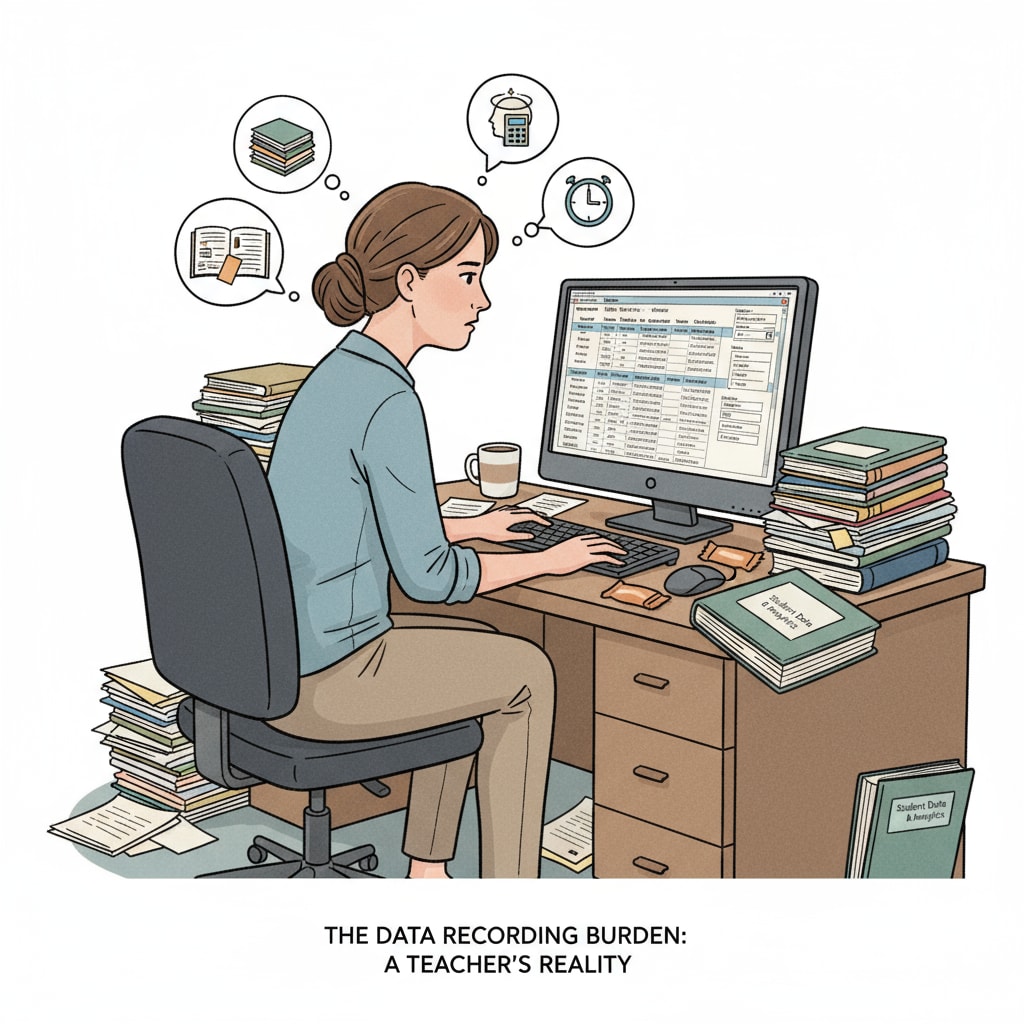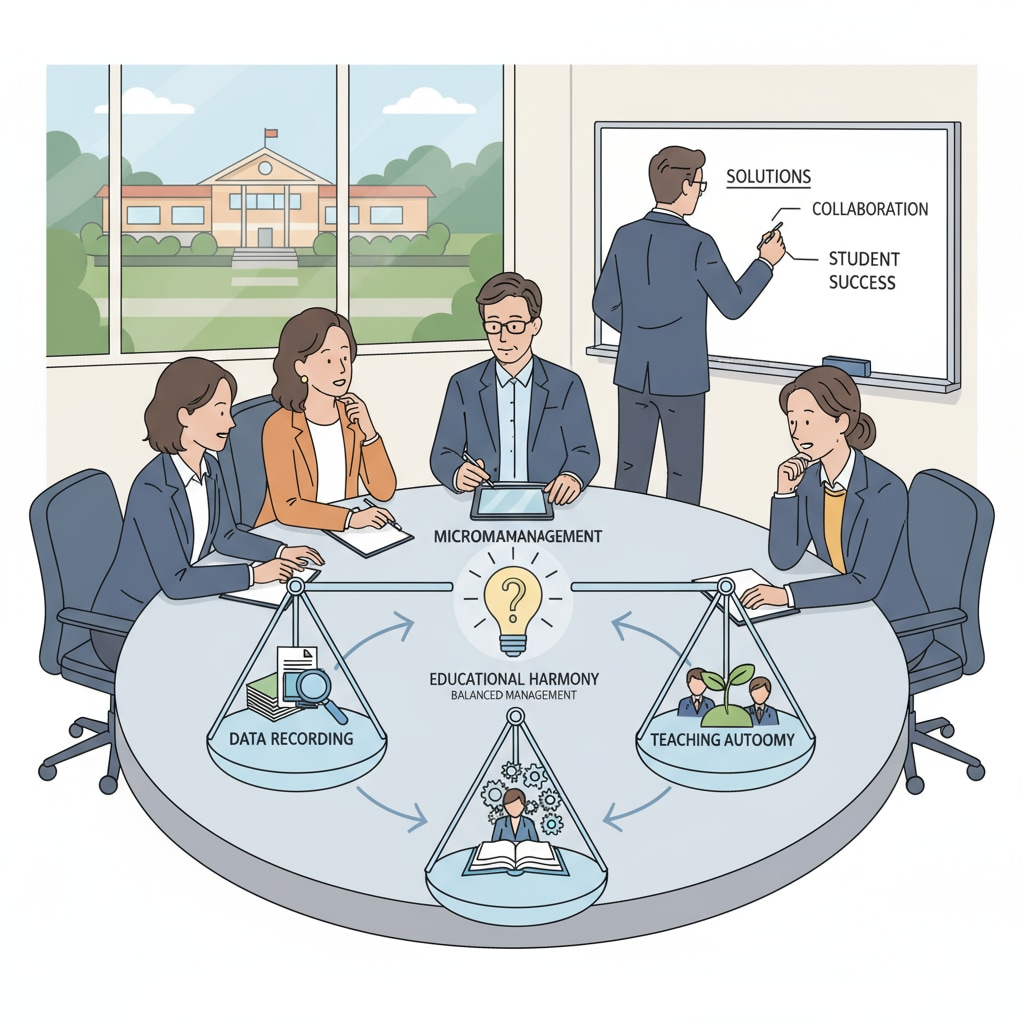In modern K12 education, the complex interplay of data recording, micromanagement, and teaching autonomy is reshaping the educational landscape. Teachers today are caught in the crossfire of increasing data-driven demands and tight managerial oversight, which has significant implications for both the quality of education and their professional growth.

As education evolves, it’s crucial to understand this dynamic and find a harmonious balance.
The Rise of Data Recording in Education
Data recording has become an integral part of modern education. Schools and districts are now collecting vast amounts of information on student performance, attendance, and engagement. This data is intended to provide insights into student learning needs and inform instructional decisions. For example, by analyzing test scores and assignment completion rates, educators can identify areas where students are struggling and adjust their teaching strategies accordingly. According to the National Education Association, data-driven instruction can enhance student achievement. However, this also means that teachers are burdened with the task of accurately collecting and documenting this data, which can be time-consuming and divert their attention from actual teaching.

The Perils of Micromanagement
Micromanagement in the education sector refers to the excessive control and supervision of teachers’ work. Administrators may dictate minute details of lesson plans, teaching methods, and even classroom management. While the intention may be to ensure consistency and quality, it often stifles teachers’ creativity and autonomy. Teachers feel like they have little room to innovate or adapt their teaching to the unique needs of their students. For instance, a teacher might have a great idea for a hands-on project that could engage students more effectively, but due to strict administrative guidelines, they are unable to implement it. As stated by ASCD, micromanagement can lead to teacher burnout and a decrease in job satisfaction.
The Erosion of Teaching Autonomy
Teaching autonomy is the freedom of teachers to make professional decisions regarding their teaching practice. With the increasing demands of data recording and micromanagement, this autonomy is being eroded. Teachers often find themselves following a rigid framework rather than being able to design lessons based on their students’ interests and abilities. This not only affects the quality of teaching but also the relationship between teachers and students. When teachers lack the freedom to be creative, students may become less engaged and motivated. Therefore, it’s essential to restore a sense of autonomy to teachers to revitalize the educational experience.
Readability guidance: By highlighting these issues, we can see the clear need for a balance. In the next section, we will explore possible ways to achieve this balance and create a more conducive environment for both teachers and students.
Finding the Balance
To address the challenges of data recording, micromanagement, and teaching autonomy, several steps can be taken. Firstly, administrators should trust teachers’ professional judgment and provide them with more flexibility in implementing data-driven strategies. This could involve allowing teachers to choose the data collection methods that work best for their classrooms. Secondly, schools should invest in professional development opportunities that help teachers manage data effectively without sacrificing their teaching time. Additionally, creating a culture of collaboration and open communication between administrators and teachers can foster an environment where everyone’s voices are heard. For example, regular meetings can be held to discuss concerns and find solutions together.
In conclusion, the relationship between data recording, micromanagement, and teaching autonomy is a delicate one. By recognizing the importance of each aspect and taking proactive steps to balance them, we can enhance the quality of education and support the professional growth of teachers. This will ultimately lead to a more engaging and effective learning environment for students.



